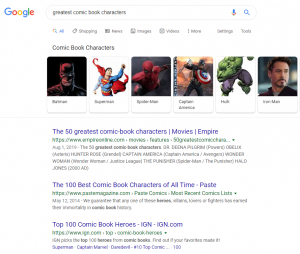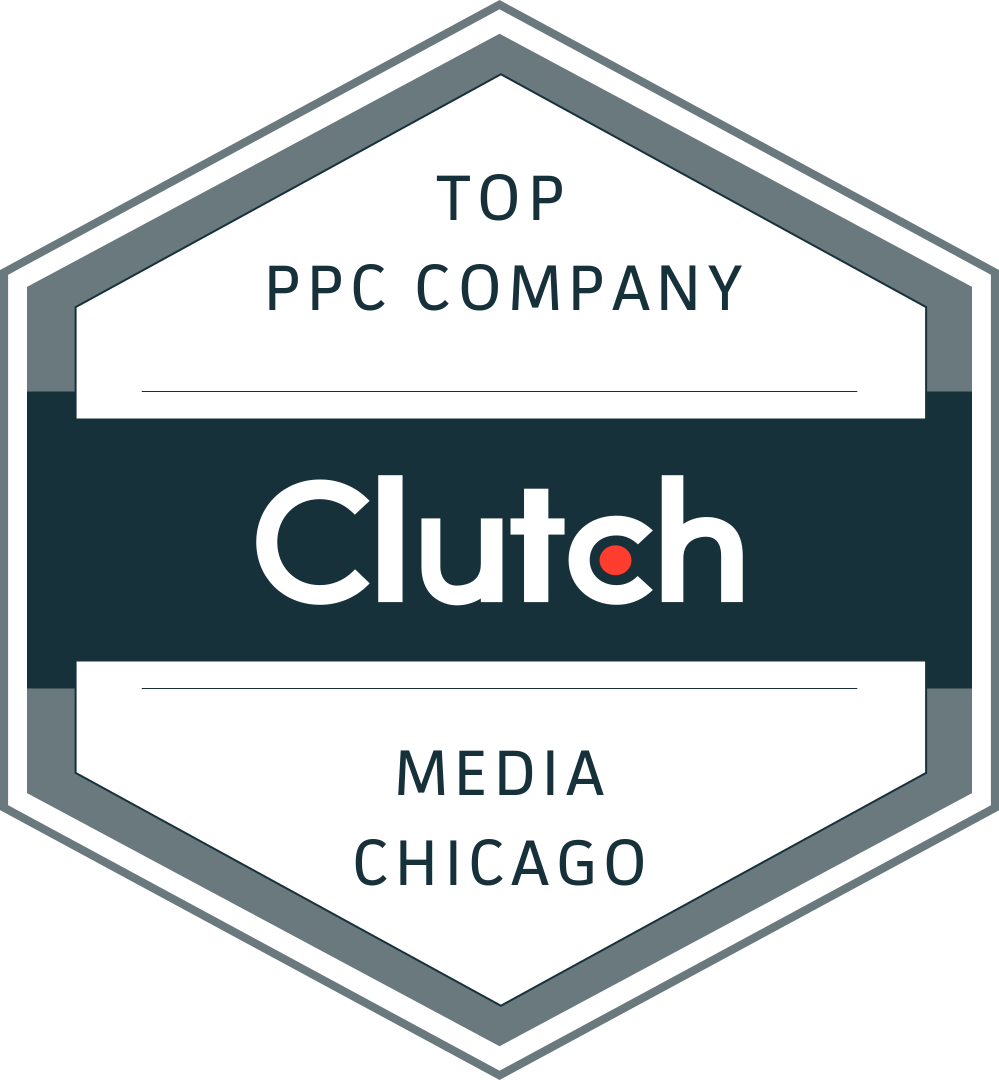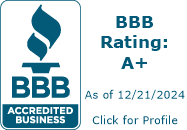It can be scary to manage paid media no matter if you have a thousand, a hundred thousand, or a million dollars of spend. No one wants to lose a single dollar of that budget. Paid media ROI, however, should be at least 2x of your spend. How do you make sure you get a 2x return on your investment? How do you make that 3x? 4x?
If you’re taking over paid media spend for your company, or even helping with it, you want tactics and strategies to help you increase your ROI over time. There’s a domino saying that I think about every time we’re working on PPC for a client:
“Scared money don’t make none.”
You cannot be scared to spend PPC budget to test your hypotheses. But, you need to make sure you’re targeted in what you’re testing so you can best action on the data you’re collecting.
So, what do we mean by “scared money don’t make none?” Let’s take a look.
Jump to a section:
- Drive ROI by focusing on the whole sales funnel
- Customer Journey & Paid Media
- Strategy Mapping – Channels & KPI’s
- Create Retargeting Lists
- Example Targeted PPC & Paid Social Strategy
Drive ROI by focusing on the whole sales funnel
Use SEO, social, and email marketing in conjunction with PPC to get in front of your customers at every stage of the buying cycle.
In order for your PPC to drive the highest ROI for your business, you need to funnel as much data as you can from your other marketing channels. Use your email list and organic SEO demographic data to create lookalike audiences for your paid social media ads. When organic SEO shows high click-through rates (CTR) for certain pages, use the metadata information to inform your PPC ad copy. When certain PPC ad copy outperforms organic SEO CTR, use that data to optimize your organic metadata. All of your marketing channel data should inform each other for maximum ROI.
Customer Journey & Paid Media
Each of your paid media ads will drive different audiences based on where they are in the buying cycle. Make sure you know what you’re buying when you pay for PPC ads so you can populate every stage of your buying cycle with qualified leads.
Strategy Mapping – Channels & KPI’s
You need to know what key performance indicators (KPIs) to track for each stage of the buying funnel. Not every stage should track the same KPIs, or else you’re going to be unhappy about the ROI for each of your campaigns. Depending on the buying funnel stage, here are the KPIs you should track:
Create Retargeting Lists
Why should you create retargeting lists? Because you can take your existing customer list and essentially clone your customer base.
You can do this on Facebook and LinkedIn where the majority of your target market exists.
Make sure to send automated emails welcoming new members after converting them from paid advertising.
Creating a drip campaign like this will drive down your overall Customer Acquisition Cost and increase your margins.
Leverage email marketing to drive more customer conversions.
Example Targeted PPC & Paid Social Strategy
Strategy: Develop a customer acquisition channel using Google Ads and expand into Paid Social campaigns to target incremental customers and conversions
Tactic: Use Google Analytics to understand your user and customer behavior on your website as you drive relevant and targeted traffic through Google Ads. Use this data to help target the right audience in paid social by understanding who converts on your website. Knowing who your customer is — and isn’t — will help guide you as you expand your efforts.
Key data points to follow include demographic and audience data such as geo-location, gender, age, user conversion trends, conversion rate, bounce rate, avg CPC by keyword, avg Cost per Acquisition, and existing internal customer data such as customer emails, customer job title, company, industry, and more.
Once you see what is working in Google Ads, apply those learnings into a highly-targeted Facebook campaign using custom audiences. For example, if you see that high-income Males aged 45-64 in Texas, New York, and Georgia make up the majority of your sales and highest conversion rate, plug those metrics into your Facebook audience targeting. Add additional targets to get even more specific. Targeting allows you to hone-in on the most interested and qualified customer profile while saving wasted budget on clicks that are less likely to convert.
On top of covering the demographic basics, get a little more advanced and take your customer email list and upload it into your Facebook campaign to create additional targets that match your existing customers’ profile, such as Income, Job title, and other specific interests. You can also exclude your existing customer list to preserve more ad budget for only new customers and incremental sales. Your lookalike audience is a great way to target new customers while leaving your existing customers alone.
Once you have both PPC and Paid Social running, monitor the performance and make changes based on your data. For instance, you can use Affinity and In-Market segment data from your Google Ads campaigns to make decisions on additional targeting options to test in Facebook.
On the flip-side, you can look at customer profiles from Social Media and organic channels and work those additional targets into new Google Ad campaigns using audiences.
You can also use your Google Ads campaigns and Remarketing lists to drive traffic back to people who visited your site from your social media channels. This is a great way to re-engage with customers who visited your website, but did not convert to a sale. This is also a very effective upsell tactic.
You can also take Facebook data and internal customer data to expand profitable efforts into a highly targeted LinkedIn Paid Social campaign. Each channel will allow you to improve upon the other. The end-result will be a highly-targeted, profitable multi-channel paid acquisition machine humming along and driving sales!










